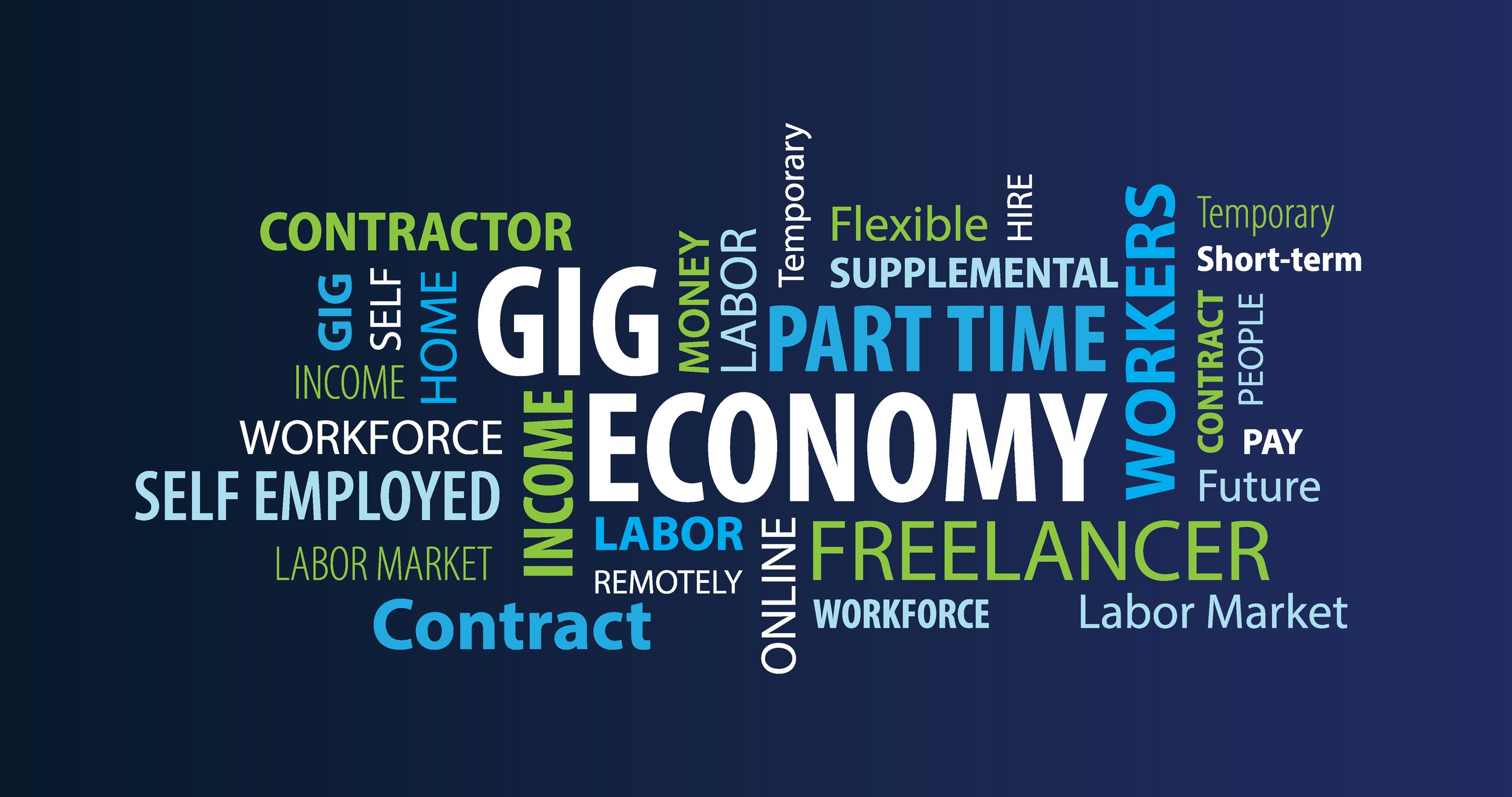Polyworking just might be the workforce trend you already partake in without even realizing it. Polyworking—another name for engaging in multiple jobs at once rather than holding down just one main role—is allowing nearly half of today’s workforce to build diverse skills and talents while avoiding potential burnout. This recent trend shows no signs of slowing down.
How polyworkers and companies benefit from flexible arrangements
Polyworkers enjoy the flexibility of multiple roles, being able to explore a variety of interests and passions as well as expanded opportunities for income, creativity and networking in the work world. Reduced commuting and increased side hustles have paved the way for polyworking as more companies are increasingly open to part-time and contract workers.
In turn, businesses build a stronger pool of talent and innovation and benefit from more productive and engaged employees who stay longer and contribute more. Studies also find that multitasking employees may be more resilient.
How to join the polyworking movement
The good news is that anyone can be a polyworker!
The top skills for this workforce trend include the ability to identify personal and professional interests and to be willing to move in that direction.
Potential polyworkers should start by adding one new role or skill at a time. Where could you do this new role? What skills do you need to get started? You may need to engage in some training or courses ahead of time.
As you continue to grow as a polyworker, make sure you update your resume, bio and social media portfolio to reflect your expanded skills and interests. Then, you can continue to network, grow and seek out even more new opportunities for shining as a polyworker.









